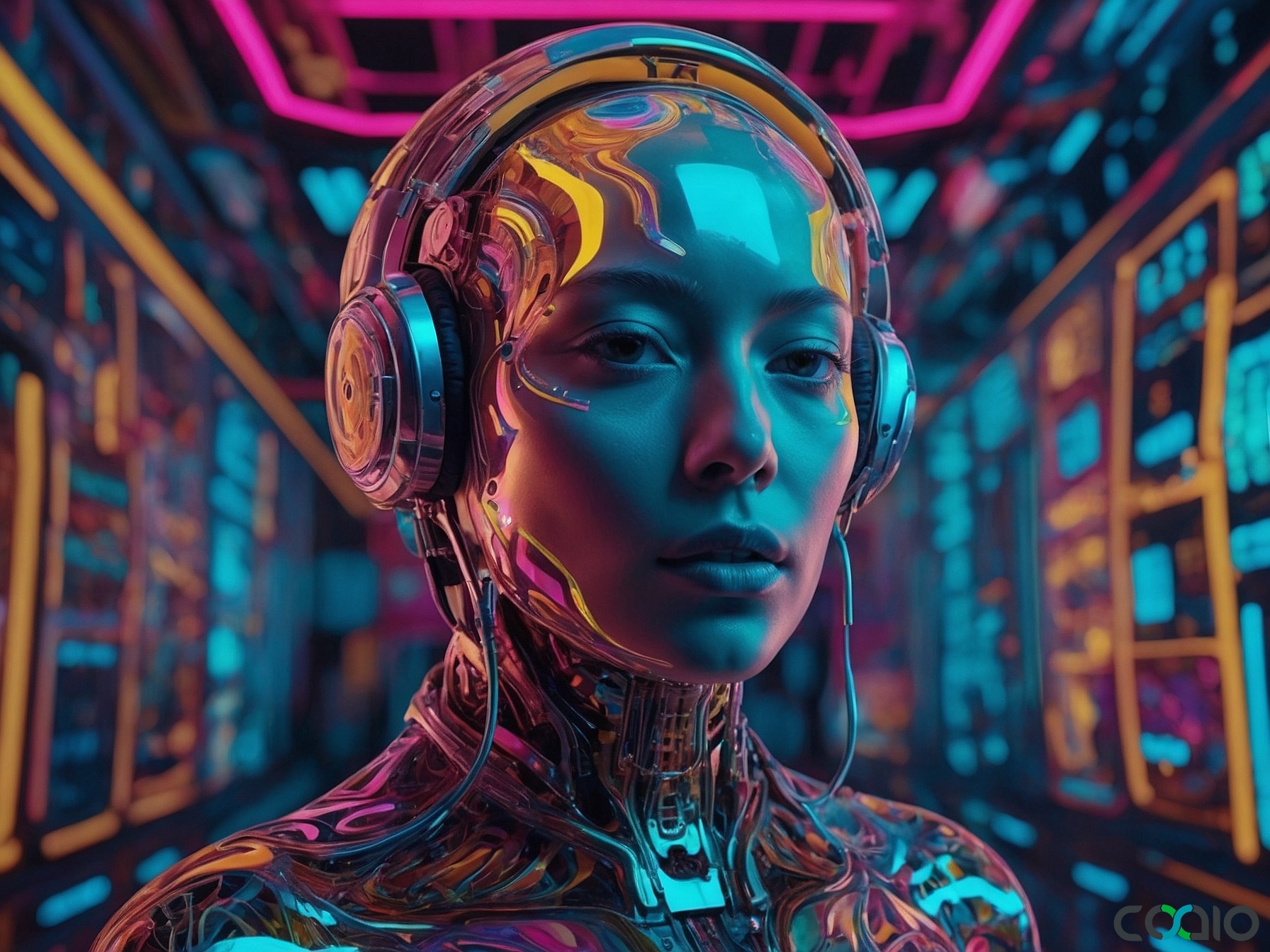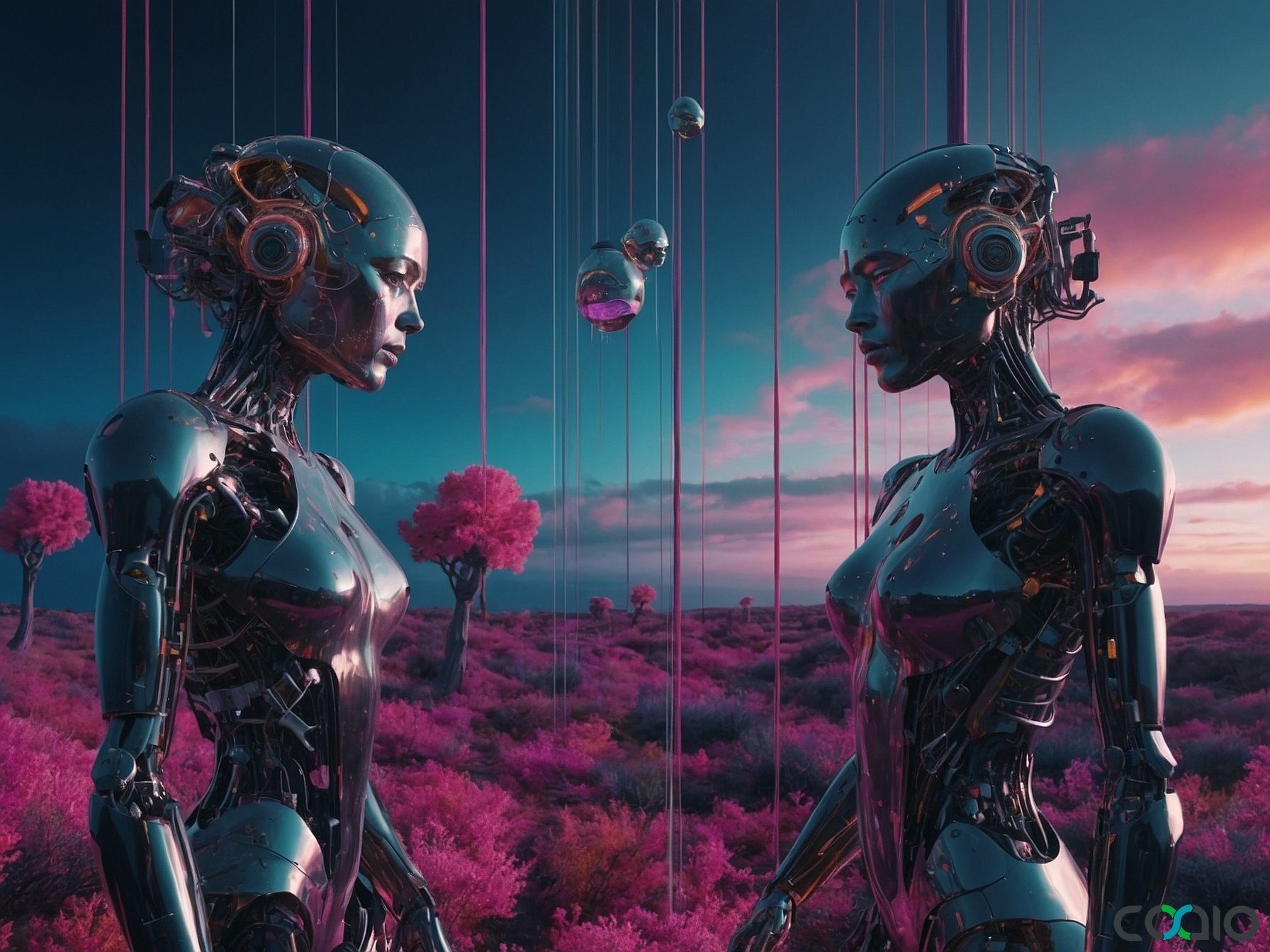
ソフトウェア開発の革新:Vibe Coding と Microsoft の Aspire が未来を形作る方法
As we dive into the latest developments in software development on November 7, 2025, it’s clear that innovation is accelerating at an unprecedented pace. From empowering non-technical users to creating versatile tools for global applications, the tech world is witnessing transformative changes. This article explores key stories from the past few days, including the rise of vibe coding and Microsoft’s enhancements to Aspire, while touching on broader tech trends. These advancements highlight how accessibility and efficiency are becoming the cornerstones of modern development, making it easier for creators to bring ideas to life without traditional barriers.
The Rise of Vibe Coding and Its Impact on Citizen Development
Vibe coding has emerged as a game-changer in the software development landscape, democratizing access to coding for those without formal training. According to a recent article from SD Times, vibe coding is not just a fleeting trend but an evolution from low-code platforms, enabling everyday users to build and prototype applications with intuitive, AI-assisted tools Read more. Published on November 5, 2025, the piece explains how this approach allows individuals to experiment with side projects or even full-scale developments using natural language interfaces and automated code suggestions.
This shift is particularly exciting because it lowers the entry barriers for non-developers, much like how low-code tools revolutionized app creation a few years ago. For instance, vibe coding platforms can interpret vague ideas into functional code, allowing entrepreneurs to iterate quickly without hiring a full team. This trend underscores the growing demand for user-friendly development methods, especially in a world where rapid prototyping can make or break a startup.
One of the key benefits of vibe coding is its potential to foster innovation in sectors like education, healthcare, and small businesses. Imagine a teacher creating a custom learning app without writing a single line of code, or a small business owner automating inventory management through simple voice commands. As SD Times notes, this movement is about bringing the power of software to the masses, which could lead to a surge in citizen developers—people who contribute to tech solutions in their daily roles.
However, vibe coding isn’t without challenges. Security concerns arise when non-experts handle code generation, as automated systems might overlook vulnerabilities. Additionally, the reliance on AI could limit creativity if users become too dependent on suggestions. Despite these hurdles, the potential for vibe coding to accelerate digital transformation is immense. Experts predict it could reduce development time by up to 50%, making it a vital tool for startups aiming to compete in fast-paced markets.
In this context, outsourcing specialized development services can enhance vibe coding efforts, ensuring that initial prototypes evolve into robust, scalable applications. For example, teams focused on business analysis and risk identification can refine AI-generated code, turning innovative ideas into market-ready products efficiently.
Microsoft’s Aspire: A Polyglot Revolution in Application Development
Shifting gears to another major headline, Microsoft has made significant strides with its Aspire framework, now supporting a polyglot environment that transcends language barriers. As detailed in an SD Times report from November 5, 2025, Aspire has evolved to allow developers to build, observe, and deploy applications across multiple languages like C#, Python, and JavaScript, as well as integrate services such as Redis, PostgreSQL, and RabbitMQ Read more. This update positions Aspire as a unified platform for diverse development needs, simplifying the process for teams working on complex, multi-service projects.
Microsoft’s announcement emphasizes Aspire’s role in streamlining workflows, particularly for enterprises dealing with hybrid environments. By providing a consistent way to manage applications regardless of the underlying technology, it addresses a common pain point: the fragmentation caused by using different tools for different languages. For developers, this means faster iteration and reduced errors, as Aspire offers built-in observability and deployment features that adapt to various frameworks.
The implications of this update are far-reaching. In an era where cloud-native applications are the norm, Aspire’s polyglot capabilities could accelerate adoption of microservices architectures. Businesses can now integrate legacy systems with modern AI-driven services more seamlessly, fostering innovation without overhauling existing infrastructure. Microsoft highlighted in their blog that this evolution is designed for scalability, making it ideal for growth-stage companies expanding their digital presence.
Looking ahead, Aspire’s enhancements could influence how organizations approach digital transformation. For instance, a company migrating to the cloud might use Aspire to unify their development pipeline, cutting costs and improving efficiency. This is especially relevant in regions like Asia, where tech firms are rapidly adopting hybrid models to serve global clients.
As with vibe coding, the accessibility of tools like Aspire opens doors for non-technical founders to participate in software creation. By leveraging such platforms, they can focus on core ideas while relying on streamlined processes for execution.
Broader Tech Trends: Tesla’s Innovations and Their Ripple Effects
While the focus remains on software development, it’s worth noting how advancements in other areas, like autonomous vehicles, intersect with it. Tesla’s recent announcements provide an interesting parallel. On November 6, 2025, TechCrunch reported that Tesla is delaying the reveal of its production Roadster 2 to April Fools’ Day, with Elon Musk humorously attributing the delay to potential changes Read more. Additionally, Musk claimed that Tesla will begin Cybercab production in April, thanking competitors like Waymo for paving the way Read more.
These developments highlight the software underpinnings of hardware innovations. Tesla’s autonomous driving tech relies heavily on advanced software for AI, machine learning, and real-time data processing. Similarly, Chris Sacca’s VC firm, Lowercarbon Capital, is raising a second fund for nuclear fusion, signaling investments in energy tech that could power future data centers and AI computations Read more. This fusion of software with hardware and energy sectors underscores the interconnectedness of tech ecosystems, where efficient development tools are crucial for scaling ambitious projects.
In software terms, these trends emphasize the need for robust, adaptable systems to handle the data demands of AI-driven vehicles and sustainable energy solutions. As companies like Tesla push boundaries, the software development community must evolve to support such integrations, potentially leading to new standards in cross-industry collaboration.
Wrapping Up: A Vision for Accessible Innovation
As we reflect on these developments, it’s inspiring to think about a future where technology empowers everyone to turn ideas into reality with ease. Imagine a world where founders, regardless of their technical skills, can navigate the complexities of software creation without getting bogged down by inefficiencies. This is the essence of true innovation—focusing on bold visions while minimizing risks and resources wasted on mundane tasks. In this spirit, the rise of tools like vibe coding and Aspire paints a picture of a more inclusive tech landscape, where creativity drives success.
To conclude on a creative note, picture a startup journey as a high-speed race: vibe coding is the intuitive map that guides you, Microsoft’s Aspire is the versatile engine that powers your vehicle, and the overarching goal is to cross the finish line with your idea intact. This mirrors a commitment to enabling dreamers to build without barriers, much like how forward-thinking services help streamline the path from concept to launch, ensuring that the best ideas thrive in a competitive world.
About Coaio
Coaio is a Hong Kong-based tech firm that specializes in outsourcing software development and building expert teams in Vietnam. We offer comprehensive services including business analysis, competitor research, risk identification, design, development, and project management, delivering cost-effective, high-quality solutions for startups and growth-stage companies. With a focus on user-friendly designs and efficient tech management for clients in the US and Hong Kong, Coaio helps you navigate the complexities of software creation, allowing you to concentrate on your core vision while we handle the rest, minimizing risks and maximizing results.
 Français
Français
 Español
Español
 廣東話
廣東話
 中文
中文
 日本語
日本語
 한국어
한국어
 العربية
العربية
 Deutsch
Deutsch
 English
English
